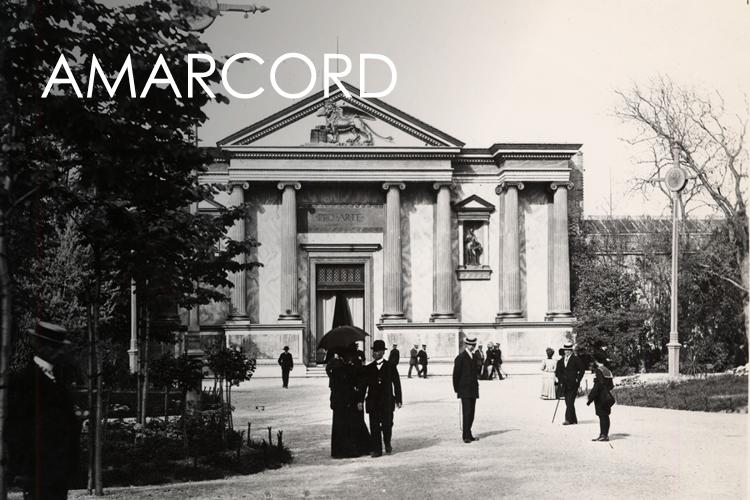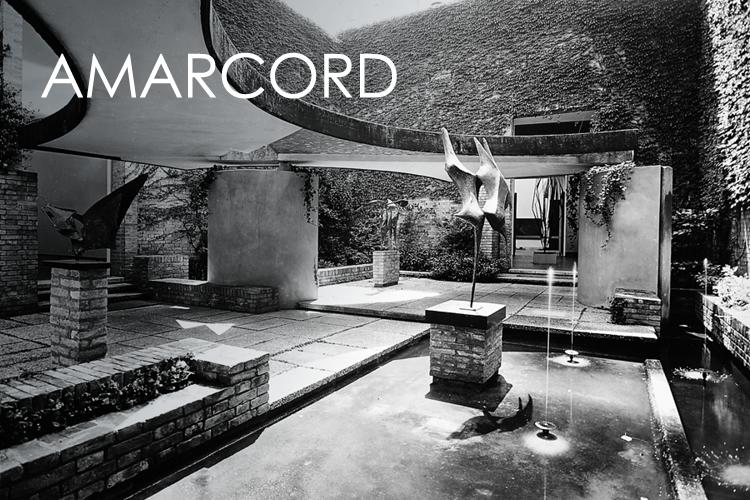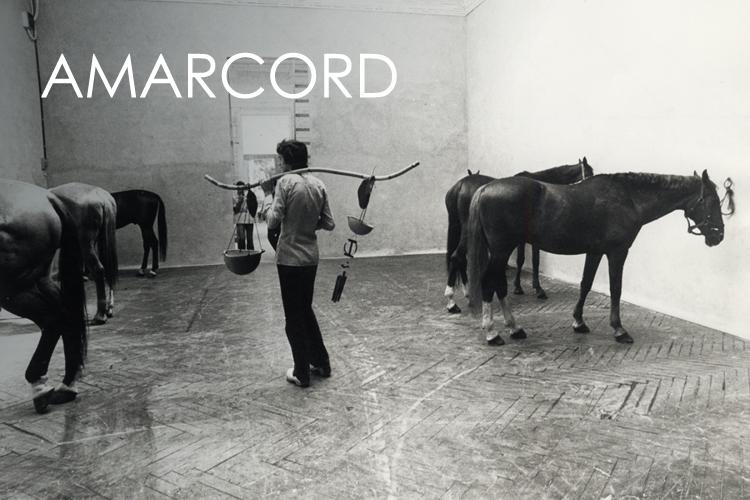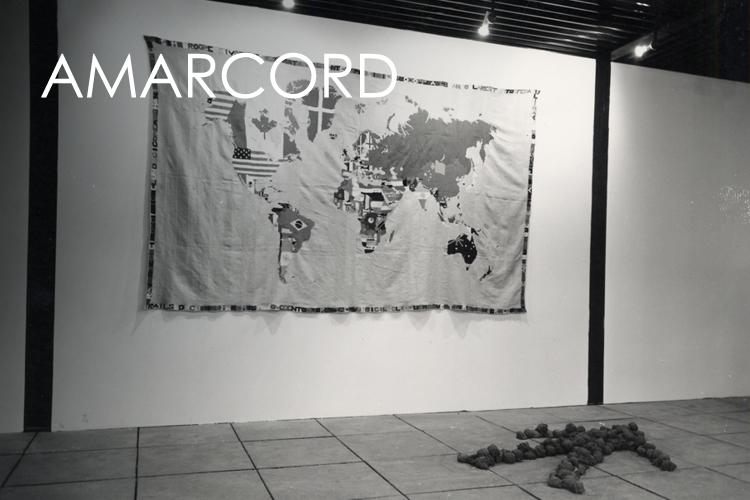Paolo Baratta
The reassessment of the Wunderkammer, implicit in the 2013 edition of La Biennale The Encyclopedic Palace, was at the roots of a temptation - that of recognizing and displaying our own historical Archive - Wunderkammer, the fruition of impassioned albeit partial collections inspired by the utopia of gathering contemporary art within an encyclopedic palace, conditioned by the obsessions of those who succeeded one another at the head of La Biennale and its Archives.
This is why we asked Massimiliano Gioni to take a short trip through our archives and, without any claim to exhaustiveness, extract significant elements and memories from our history, then, in keeping with his own preferences, to arrange the fragments of a long and eventful history, the curiosities revealing specific attitudes, and the modes of being and conception of the artist’s own specific role and the relationship with La Biennale, and, in the elementary truth of the documentation, to comprehend that vibrant pulsation that history books are not always able to communicate. This exhibition is not, therefore, the history of La Biennale, but is, arguably, just what it takes to inspire us to imagine this history, leaving the job up to the public, inviting them to participate in an act of remembering - our own Amarcord, in other words.



